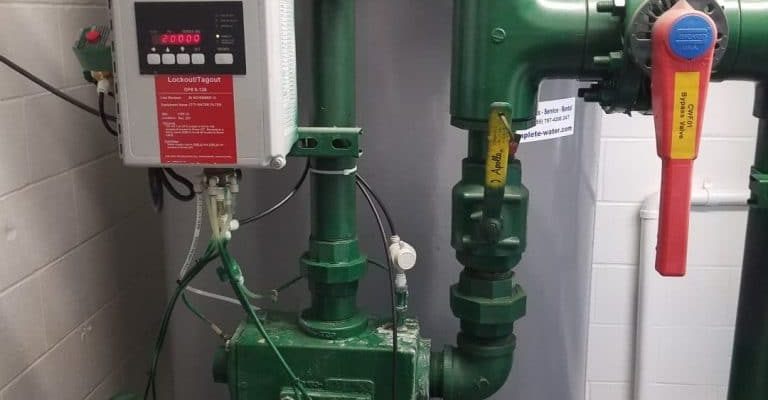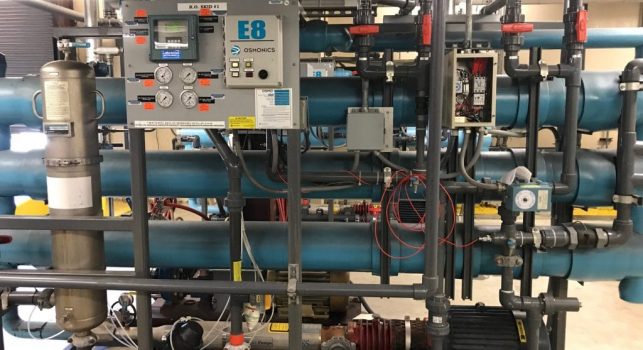Getting to Know Chemical Feed Systems – Part 2
GETTING TO KNOW CHEMICAL FEED SYSTEMS - PART 2
Chemical Delivery Systems
Chemical delivery systems are the center of a feed system. There are multiple different chemical feed systems. The most commonly used is the metering pump. Almost 95% of all feed systems use this type of pump. Although, in cooling water systems gravity feed is beginning to become more popular.
Metering Pumps
Metering pumps are the most commonly used pump for water treatment applications. Of the metering pumps, the packed plunger, piston, and diaphragm pump are the most popular. Progressive cavity pumps and rotary gear pumps are also used occasionally. These are all characterized as “positive displacement pumps”.
The selection of metering pump, design, and piping circuit are integral to ensure that pump output will match specifications. Parameters that need to be considered are suction side static head, pump turndown, potential siphoning, net positive suction head, pressure relief, and materials compatibility.
To establish accurate pumping, operating conditions must be close to design specifications. If you are using a plunger pump, and increase in discharge line pressure can reduce pump output. Due to many factors influencing pump performance, output should be checked regularly with a calibration cylinder. There are a few computerized chemical feed systems that will verify metering pump output automatically and make adjustments as needed.
Diaphragm Pumps
Diaphragm pumps are becoming more mainstream with commercial and industrial water treatment applications. This design uses an interchanging action of a plunger or piston to transport pressure through a hydraulic fluid to a flexible diaphragm. The diaphragm displaces and isolates the pumped fluid and activates either hydraulically or mechanically. The stroke frequency and stroke length can be arranged to give a usable control range of 10-100% capacity. The stroke frequency may be set up for automatic adjustments through an external signal.
Diaphragm pumps may also be made for operating discharge pressures beyond 1500 psig. The rate of delivery of the pump is adjusted manually during the pumps normal running, but can also be adjusted automatically by a pneumatic or electric control signal. There is a built-in valve inside the internal hydraulic system to prevent overpressure.
Other diaphragm pumps can be used to feed heavy or viscous materials, like slurries and polymers. A tubular diaphragm construction uses a reciprocating plunger as well, however, a tube-formed diaphragm expands or contracts with pressure from the hydraulic fluid. There are options to use adjustable pumps with flow rates of 60 gal/hr at 100 psig.
There is also an option of an air-driven pump, which can tolerate more abrasive materials and can pump sand and sludges. It is typically used for viscous products and with its high capacity can be used to transfer chemicals from a storage tank to a day tank. You may use the air-driven pump for feeding shear-sensitive polymer solutions. It can operate from 1 to 200 GPM with discharge pressure limited to around 100 psig.
Packed Plunger Pumps
Packed plunger pumps can be designed for high discharge pressures and are often used for chemical treatment in boiler systems. Pumping action is formed by a direct-acting plunger or piston that alternates in a reciprocating fashion and directly contacts the process fluid within an enclosed chamber. The speed of the motor and stroke length can be used to alter this type of pump. The effective working range for packed plunger pumps is roughly 10-100% of rated capacity. With packed plunger pumps using packing rings to create a seal between the plunger and the plunger bore, you may need to adjust or replace the rings over time.



